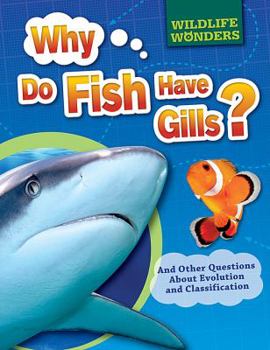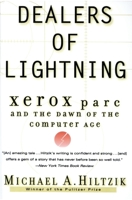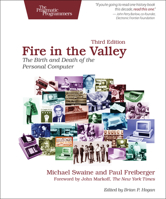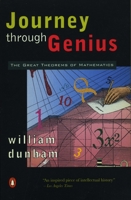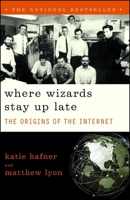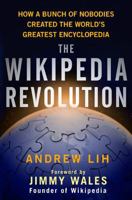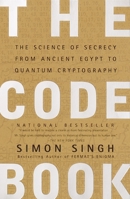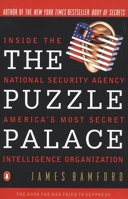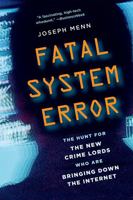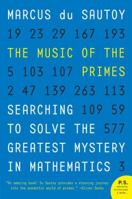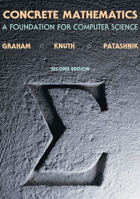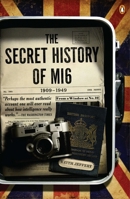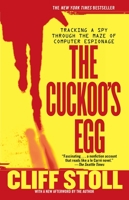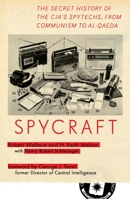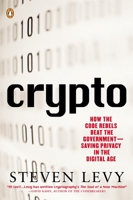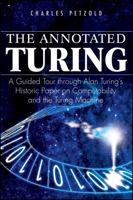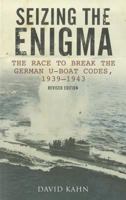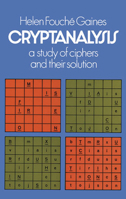Why Do Fish Have Gills?: And Other Questions about Evolution and Classification
Select Format
Select Condition 
You Might Also Enjoy
Book Overview
What is a fish? How can you classify fish? Readers will find the answers to these questions and more in this volume. Readers will learn the differences between flatfish, catfish, eels, and more, as they get an up-close look at several fish species. They will learn the ways fish have adapted over millions of years to fit into their environment, including developing a swim bladder and fins. Diagrams and sidebars add additional information to fact-filled text. Color photographs give readers a glimpse into the underwater world to truly understand the many fish in the sea.
Format:Paperback
Language:English
ISBN:0261103059
ISBN13:9780261103054
Release Date:January 1995
Publisher:HarperCollins Publishers
Length:482 Pages
Weight:1.00 lbs.
Dimensions:1.3" x 5.1" x 7.8"
Customer Reviews
5 customer ratings | 5 reviews
There are currently no reviews. Be the first to review this work.










